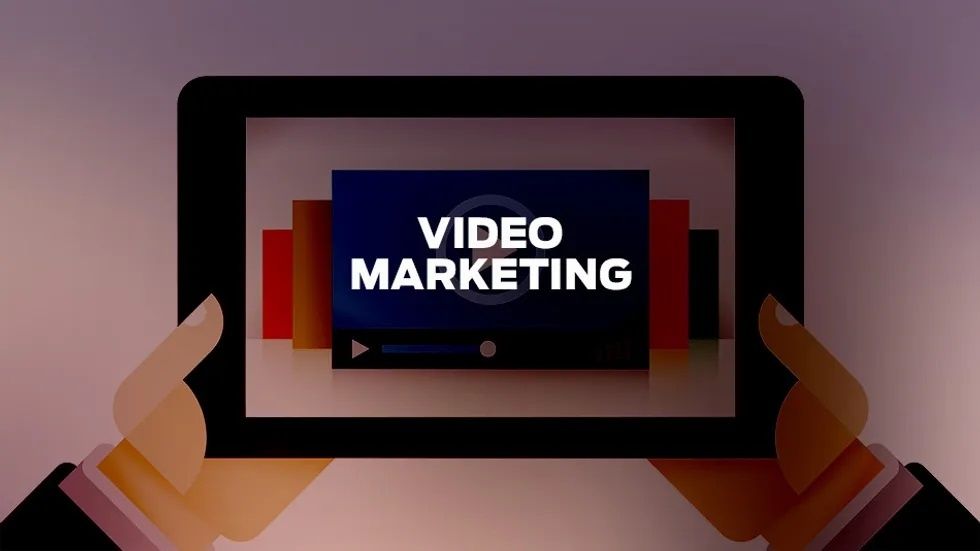If you're toying with the idea of using video to help attract new customers, boost your brand's reputation or grow your social media presence, you clearly have good sense as a modern marketer. Indeed, the data is clear: video marketing is edging out photos, text and other forms of content at lightning speed online, and consumers want more and more. Coupled with the fact that you can use affordable video accessories and free software to produce next-level videos on the cheap, it's clear that this is an advertising format you'll want to press play on sooner than later.
● Optimize Properly for Each Platform — Crafting high-quality videos is great, but it does no good if no one can find them. Whether you're posting them to YouTube, Facebook or on your website, you need to make sure you're optimizing them with the proper descriptions and keywords so searchers will discover your content when researching info about your brand. Here are a few quick search engine optimization (SEO) tips to consider when adding videos to YouTube, your website and social media:
Video SEO On YouTube — Keep it brief, but valuable. YouTube caps descriptions at 1,000 characters, and most people have come to your page because they want to watch a video, not read. Include related keywords and tags and categorize your content appropriately.
Video SEO on Your Website — These days, tossing up the embedded YouTube code onto your blog or website isn't enough. You need to provide text descriptors, keywords and context so that Google can identify the information and help your page rank. Include a video transcript as well as a concise but appropriately optimized title and description.
Video SEO on Social Media — Facebook, Twitter and LinkedIn users are starting to query their search bars more and more, which means they'll be diving into your old content more often. To ensure that this content is easily findable, post your videos to your stream with the right keywords and make sure your profile is discoverable to the public.
● Include a Call to Action — In both the video itself and the description beneath it, make sure you're leaving your viewer with a desire or an impetus to take the next steps. This could be something as simple as "Like and subscribe to our page to get more content related to this topic" or as direct as "Send us a message with your info and we'll help you with your project." Make sure to use an action word or phrase — in the examples above: "like and subscribe" and "send us a message" — to encourage viewers to take action.
● Remember, Production Matters — Even though it's easier than ever to produce high-quality videos with just a few iPhone video accessories, those grainy, shaky and all-around amateur-looking videos still make their way onto the web every day. But this is something you really need to avoid, not just for the image of your brand, but also for the success of this particular video campaign. In fact, one survey found that 62 percent of consumers are more likely to adopt a negative brand perception of a company that published a poor quality video.
● Do Some Research on Target Audience — Your target audience is the demographic of people who tend to gravitate towards your product or service. Whether segmented by age, gender, profession, income or education level, having a good idea of the "who" of your business can help you create highly targeted content that appeals to your highest value customers. As with all kinds of marketing in the new millennium, it's no longer enough to cast a wide net, toss it out into the universe and hope for the best. Since you can quite literally target certain users and demographics with paid ads, you'll want to make sure you're throwing content (and money) at the right group(s) of people.
● Position Your Videos in the Right Places — You've nailed the who, what and why of video marketing, but what about the where? Even the most thoroughly researched, beautifully produced online snippets will be lost to the ether if they're not properly placed. Sticking your video on a landing page and on a designated post page on your blog is a good idea. Research shows that adding a video to a landing page can boost conversations by as much as 80 percent, so this is definitely not something you want to miss out on.
● Repurpose Old Content — Original content is a requisite in today's marketing landscape, but none of us have the bandwidth or the budget to go out and create, create, create constantly. We can, however, use some of the same tools to repurpose and repackage our videos. You can transform some of your most-viewed and most-shared blog posts or informative articles into videos, using still photos, voiceover and text to create an engaging, dynamic viewing experience.
● Provide All Different Types of Content — Sure, those funny, highly produced skit videos and detailed product demos will probably rake in the most views, but you can mix things up a bit by including webinars, testimonials, behind the scenes videos, product previews and how-to videos. This is a smart approach because it keeps your fans engaged and also because it helps keep your page active and up-to-date without spending a ton of money on producing time-consuming content. Remember, you need to publish often — say, twice a week to start — so make sure your video model is sustainable enough for a regular posting strategy.
At the end of the day, you simply won't get very far without integrating some kind of video content into your marketing campaign. You don't have to go hiring an expensive, third-party company, though. With the right tools, a few good ideas and a well-considered optimization strategy, you can be sure every dollar and minute you spend creating video content will be well worth it in the end, equating to more leads, a better brand reputation and higher levels of online engagement.














